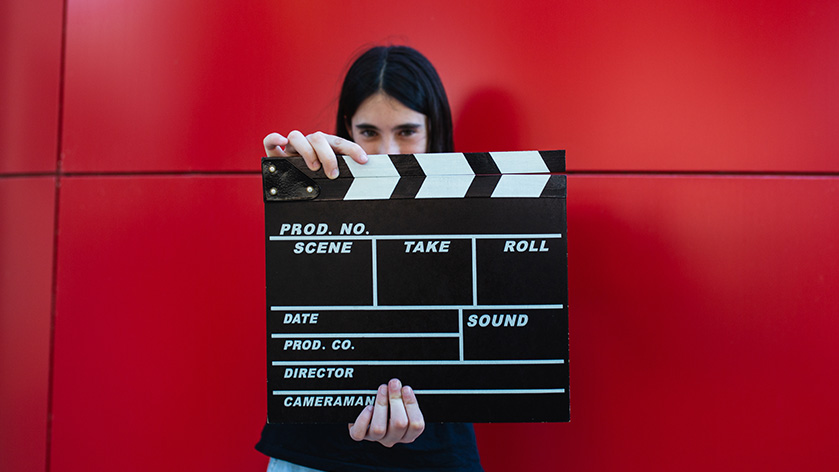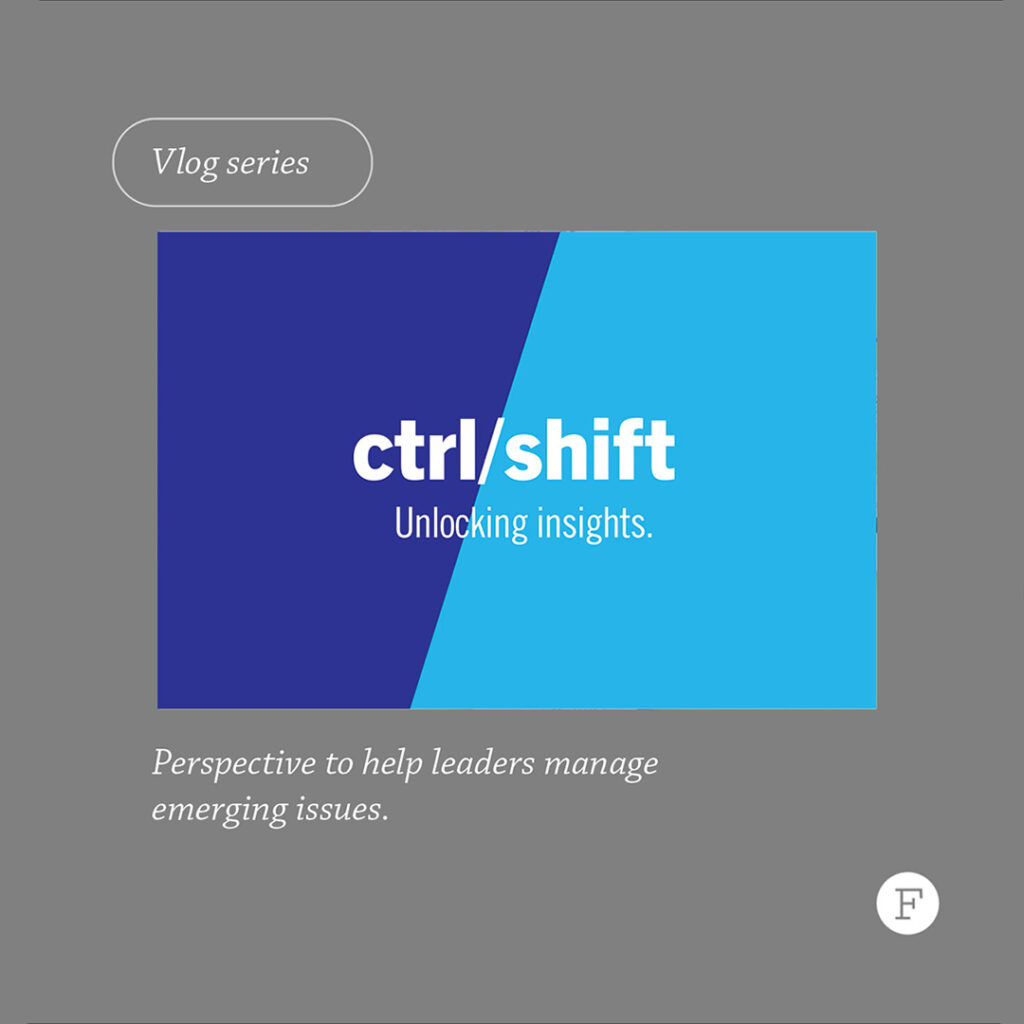
Todd Morgano | October 3, 2022
"Hey, how much do you charge for a video?"
That’s usually the first question I get from clients. It’s the worst place to start. Not because I don’t respect budgets, but because the cost of a video can vary radically — and it isn’t what determines how interesting or effective a video might be.
So what does make for an interesting and effective video? And how do you produce one of those?
It starts with a strong story
Marketing videos (whether they’re educational, inspirational or just plain trying to sell something in an entertaining way) are mini movies. At the heart of every great movie is a compelling story. And at the heart of every compelling story is a compelling character (or cast of characters) who’s embarked on some sort of journey.
The character doesn’t have to be a person. It can be a company, a new product or service, or something as esoteric as a thought or perspective. Doesn’t matter who or what the character is. What matters is what happens to, or because of, that character.
Let’s take a new product, for example. Sure, you can create a video that extols its features – tells people what the product does, how it operates or functions. But it’s much better to focus on a story arc. What’s going to be different or better once this product arrives in the world? Who’s going to love and embrace it and why? How will the product change people’s lives, the status quo, an industry?
Now you’ve got my attention. Now I’m involved in a story and not merely trying to absorb a bunch of pretty pictures and facts. The human brain is hard-wired to respond to stories. Why not take advantage of it?
OK, you have your story. Now what?
You need to determine the appropriate format for telling that story. There are a million or more ways, but let’s simplify.
In the world of marketing videos, there are two common formats you should be aware of and that have certain strengths and weaknesses: Scripted and Unscripted.
Scripted videos
Think of this as the difference between making a feature film or a documentary.
In a feature film, you write a script that includes all the words that will be said and scenes and images you’ll create. You might hire actors or voiceover artists. Or you might have someone in your company appear on-camera or record a voiceover. You might build graphics and add sound effects or music tracks. But you’ll know the story going into the shoot. You’ll know exactly what you’re after, word by word, shot by shot.
Obviously, one advantage to this approach is precision. Scripted videos are often great at telling complicated or technical stories where exactitude matters. They’re also great at giving you complete creative freedom to shape the story – to mold the words and images in specific ways for effect.
A drawback to scripted videos is they can become expensive – because of the writing and planning upfront and possibly having to hire actors, voiceover artists, graphic artists or others.
Another drawback is that sometimes precision can be your enemy. A story that’s too precise can come across as flat, unemotional, wooden – especially if you’re using people who work for you as the actors and voiceover artists. If you end up with lifeless performances, no amount of whiz-bang special effects in post-production will bail you out. You’ll end up with a very polished-looking dud.
A quick sidebar about using employees or executives as the actors and voiceover artists for your video. In rare cases, I’ve seen people who are not professional actors or voiceover artists read scripts or a Teleprompter well, with heart and inflection. But most people don’t possess this skill. The result can be a train wreck. Which tees up nicely our next format.
Unscripted videos
Want to watch a client have a mild coronary? Tell them you’re going to shoot a video without using a script. You’ll know the general story you want to tell going in, but instead of writing everything out beforehand and controlling every detail, you’re going to show up somewhere with a camera, tease the story out through unscripted interviews and let the camera follow the characters around.
It may sound like a recipe for disaster, but the documentary-style video is often one of the best ways to tell a story – especially with people who aren’t practiced at performing for the camera – which is pretty much everyone you work with.
The key to a successful documentary-style video is having someone with strong interview skills who can put people at ease and draw out their passion and humanity. There’s often nothing more powerful than someone speaking genuinely, in their own words, about something they care about deeply. It’s hard to capture that in a script.
Once the interviews and footage are in the can, you’ll need someone who’s adept at stringing together sound bites in a way that forms a cohesive narrative. A bunch of random sound bites slapped together is not a story.
Also, if you don’t have someone who’s a skilled interviewer, or who can recognize during a shoot when you’ve got what you need for the story, or who can stitch together a cohesive narrative from perhaps hours of interviews and footage, you could end up with a huge nothing-burger.
Closing thoughts
After asking how much it costs to make a marketing video, the next question is usually how long it should be. My answer is always, "As long as the story demands." Not a frame shorter or longer. Yes, people have short attention spans, and, overall, you wouldn’t be ill-advised to make your videos short. Many of the ones I produce are less than 2 minutes. But a fair number are much longer.
Bottom line. If the story is interesting, people will hang with you. If it’s uninteresting, they’ll tune out your 30-second video out after the first 10 seconds.
Lastly, if you want the best result possible, explain to any potential video producer the story you want to tell. If you lock down those essentials, you’ll be off to a great start.
Have a video you need produced? Drop us a line. Not quite there? Explore all that Falls & Co. has to offer.


